Less than 20 percent of human disease is genetically determined; the rest is triggered by the environment we live in. Volatile organic compounds (VOCs), bisphenols and phthalates, highly fluorinated chemicals, flame retardants, antimicrobials: these are some of the problematic substances commonly found in building materials. In children, their health impact is amplified, with potentially lifelong consequences.
“The lack of regulation in the chemical industry and in the material content of building products raises concern about construction practices,” says Alison Mears, director of the Healthy Materials Lab at Parsons School of Design, “particularly when we focus on vulnerable groups like children.” Childhood health conditions that have been linked to environmental toxins include respiratory illnesses such as asthma and pneumonia, behavioral problems such as attention deficit hyperactivity disorder and autism spectrum disorder, as well as flu and immunodeficiency disorders, obesity, and sudden infant death syndrome.
Children are exposed to environmental toxins primarily in three ways. They inhale particles and dust, which tend to collect near floor level, where children spend much of their time. They ingest contaminants as they eat, drink, and put things in their mouths. And they absorb chemicals through their skin as they crawl and tumble through the world around them. With their immature metabolisms, a little toxicity goes a long way. An infant in its first year consumes two and a half times as many calories, drinks five times as much water, and breathes three times as much air per pound of body weight as an adult. Neurologically, 90 percent of lifetime development occurs by age 4. So nowhere are architects’ efforts to exclude toxin-laden materials from the buildings they design more important than in environments for children.
A project that prioritizes materials for health is the Helen R. Walton Children’s Enrichment Center in Bentonville, Arkansas. Accommodating 240 children between the ages of 6 weeks and 5 years, the 45,000-square-foot facility, completed in 2019, is intended as a national model. Designed by New York–based LTL Architects in collaboration with SCAPE Landscape Architects (also in New York), the project’s first strategy in creating a healthy environment is to facilitate getting the kids outside. The single-story building’s 21 classrooms are organized into four wings that radiate from a central community room. The wings define contiguous outdoor space, which in turn provides direct access to one of three playscapes designed to challenge the physical abilities of different ages. In addition to the developmental benefits of outdoor activity, says David Lewis, a principal at LTL, air quality is almost always better outside.
With connections to the outdoors established, the design team set about creating the healthiest interior environment possible within the project constraints. These included a construction budget of $238 per square foot and a requirement to use readily available products so the building could serve as a replicable model. Starting with schematic design, and with the help of an expert from the Healthy Materials Lab, LTL focused on excluding toxins linked to asthma, respiratory infections, and learning disorders, the health issues most commonly affecting kids in the region. This meant that the designers sought to avoid plastics and plasticizers, as well as VOC-emitting adhesives and finishes.
Plasticizers, such as phthalates (used as plastic softeners, fragrance binders, solvents, and fixatives) and bisphenols (used in the manufacture of hard, clear plastics and epoxy resins), are known endocrine disruptors that have also been linked to behavioral disorders. Phthalates can be found in polyvinyl chloride (PVC) products such as vinyl flooring, shower curtains, and toys, and also in glues, caulks, paints, carpet, and myriad other products, while bisphenols are common in polycarbonate plastics and in resins used to line metals, such as food cans and water pipes. VOCs are a prime cause of respiratory and other illnesses, and are common in plywood, particleboard, glues, fabrics, and foam insulation.
To identify preferable materials, designers relied on product certifications. They selected products that were certified at the Platinum or Gold level by Cradle to Cradle, a standard that promotes a circular economy; materials that have earned a Living Building Challenge (LBC) Declare Red List Free label, which means they don’t contain any of a long list of worst-in-class chemicals; or those that have been certified GREENGUARD Gold or SCS Indoor Advantage, two programs that identify products with low VOC emissions. Examples of selected products include natural linoleum and rubber flooring, wool felt ceiling cladding, plywood and fiberboard without added formaldehyde, and mineral-based paints. To avoid inappropriate substitutions, the project’s specifications highlight the difference between certification and disclosure: unlike certifications, ingredient declarations are not themselves a guarantee of a better product. “Transparency is good,” Lewis says, “but it doesn’t necessarily mean what’s in there is good.”
Supporting the project’s optimized spec, LTL and the Healthy Materials Lab prepared a set of supplements to help carry the health priority into construction, operations, and maintenance, as well as an infographic on selecting nontoxic classroom supplies for teaching staff. “So much is determined by the occupants,” says Mears. “They are the long-term stewards of the health initiatives begun during planning, design, and construction.” As a result of this outreach, says Lewis, the construction team, staff, and parents report that they are critically examining what they’re doing in their own lives, and effecting change.
A child-centered approach to materials health also informed the design of Vivvi, an employer-subsidized childcare facility in Lower Manhattan. Located on the ground floor of an existing multiuse building, where 20- foot ceilings and tall windows create an airy, daylit volume, Vivvi accommodates up to 90 children aged 6 weeks to 4 years. The 7,200-square-foot facility, opened in 2019, includes four classrooms, four nurseries, open areas for movement and play, social centers for babies and toddlers, age-appropriate bathrooms, and a privacy room for nursing mothers.
“Babies and small children learn through sensory interaction and stimulation,” says Carol Gretter, principal at New York–based Eleven of Eleven Architecture, the project’s designer. Little ones touch, taste, smell, and feel everything, and “these intimate interactions require materials that are strong, safe, and cleanable,” says Gretter. “We design inspirational learning spaces by balancing these physical qualities with visual harmony.”
To meet these requirements, the architect prioritized natural materials, such as wood floors, inherently flame-resistant wool carpets, felt seating spots, and cork- and linseed-based tackboards. More complex materials, such as backers and adhesives, are VOC-free and, in the case of adhesives, water based. Easy-to-clean synthetics, such as the covers on wall padding and a set of letter-shaped cushions that serve as jumbo play forms, are PVC free.
Once the preferred materials were selected, the architect held a show-and-tell for the client and parent group. “We’re putting things in our mouths, smelling them, and talking about what they’re made out of,” says Gretter. “We’re choosing products that don’t have any kind of toxins in them in any way.” Overall, the material palette for Vivvi is not complicated. It relies on thoughtful planning to keep the number of products—and the time that goes into vetting them—to a minimum. Wherever possible, the materials are simple and neutral, so that the rooms become a canvas for the color and action the kids bring to the space.
The design pays particular attention to the first 3 feet above floor level, as this is the zone young children occupy. As well as selecting options for improved health factors, the project deploys materials in ways that are intended to engage their young users. Wood pull-up bars support babies learning to stand, wall-mounted mirrors intrigue them, 12-inch wood steps covering radiators serve as seating or infant-height countertops, cubbies offer toxin- free props for play and independent exploration, and, in several rooms, marker boards, complete with cork strips, allow for drawing, painting, and display.
High above this active zone, the design continues to provide for the kids’ well-being with an acoustic ceiling spray that is GREENGUARD Gold–certified, natural-fiber-based, and free of potential respiratory irritants such as glass or mineral fibers or silica dust. Acoustics is a materials issue that is “definitely part of a healthy environment,” says Gretter, especially given the volume at which 90 babies and young children can express themselves.
In addition to relying on certifications to guide them, the architects reached out to industry connections. “This is our bailiwick,” Gretter says, “so we’re very familiar with materials for this age group. We have relationships with the manufacturers, and are able to talk with them about their specifications.” For example, the architect requested a substitute for a changing station’s standard top of plastic laminate on a wood composite. The replacement is a low-VOC, acrylic-based seamless solid surface, making it better for air quality and more hygienic. Gretter also credits an educated and committed client for prioritizing materials health from start to finish.
Keeping building materials simple and few as a means to a toxin-free palette also proved effective for the Ecology School at River Bend Farm, an organization that brings students from across New England for overnights and programs focused on environmental stewardship. The project, now under construction on a 105-acre site along Maine’s Saco River, is committed to LBC-certified buildings and to making its entire campus Living Community Challenge compliant.
“Creating a healthy environment for the children is one of the major reasons they’re trying to be one of the first Living Community Challenge projects,” say Portland, Maine–based Kaplan Thompson Architects, who are leading a local four-firm team that includes Scott Simons Architects, Briburn, and landscape architects Richardson & Associates. The school uses recycled, reclaimed, and locally sourced materials that have been designed for durability, low maintenance, and minimal embodied energy. They are low-VOC and formaldehyde free, contain no substances identified as chemicals of concern by the U.S. Environmental Protection Agency, and are LBC Compliant (“LBC Compliant,” as opposed to Red List Free, means a product may contain some Red List chemicals temporarily exempted until commercially viable alternatives are available). “Because we have to scrutinize the materials, we make things harder if we choose too many,” says Jesse Thompson, a principal at Kaplan Thompson. So the project’s limited palette includes polished concrete, eastern white pine certified by the Forest Stewardship Council (FSC), galvanized metal roofing, wood, felt wall panels, low-VOC wallboard, and, depending on budget, a slatted cedar ceiling or an LBC Red List–compliant acoustic tile.
Although the architects would have preferred wood-framed windows, the market in those that are Red List Compliant and FSC-certified is still immature in the region. Suppliers often didn’t know, or couldn’t say, what the gaskets and sealants were made of. Health certifications in progress weren’t certain to be complete in time to meet the project’s schedule, and the architect ended up specifying fiberglass and aluminum windows despite their higher embodied energy. “You do have to build the building,” says Thompson.
In a significant technical achievement, the Ecology School will provision a 200-person dining hall three times a day with a net zero kitchen that’s all electric—eliminating gas burning inside. Combustion-free systems are an LBC requirement, but an exception exists for commercial kitchens. The Ecology School, however, opted to forgo the exception. “It’s a milestone,” says Thompson, “especially considering commercial kitchens have some of the most intensive energy use of any building type.” Combustion is an example of oxidation, one of four main processes that can lead to toxic exposures. (The others are volatilization, or off-gassing; degradation, in which particles are released into dust, air, and water; and leaching, in which contaminants are released through dissolving.) So, in addition to shrinking the school’s carbon footprint, the net zero combustion-free kitchen eliminates a potential source of air pollution in the spaces kids use.
While each of these projects—the Children’s Enrichment Center, Vivvi, and the Ecology School—represents a significant achievement in reducing toxins in children’s environments, their architects suggest that the aspiration needs to be pursued with a healthy dose of realism. “In a lot of cases, it’s not black-and-white, do this and don’t do that,” says Lewis. “The science is complicated. You have to be observant and thoughtful, and accept that it’s not possible to make the absolute perfect, 100 percent–guaranteed healthy project.” However, it is possible—as these projects demonstrate—to significantly diminish hazards, helping to lay the foundations for lifelong health.
|
Continuing Education
 To earn one AIA learning unit (LU), including one hour of health, safety, and welfare (HSW) credit, read "Continuing Education Unit: Materials & Toxicity," review the supplemental material listed below, and complete the online test. Upon passing the test, you will receive a certificate of completion, and your credit will be automatically reported to the AIA. Additional information regarding credit-reporting and continuing-education requirements can be found online at continuingeducation.bnpmedia.com. To earn one AIA learning unit (LU), including one hour of health, safety, and welfare (HSW) credit, read "Continuing Education Unit: Materials & Toxicity," review the supplemental material listed below, and complete the online test. Upon passing the test, you will receive a certificate of completion, and your credit will be automatically reported to the AIA. Additional information regarding credit-reporting and continuing-education requirements can be found online at continuingeducation.bnpmedia.com.
Supplemental Material
Learning Objectives 1. Identify substances commonly found in building products that can have an adverse effect on human health. 2. Explain why children are particularly vulnerable to such substances. 3. Explain the difference between ingredient disclosure and product certification. 4. Describe methodologies for selecting and specifying healthy building products.
AIA/CES Course #K2001A
For CEU credit, read "Continuing Education Unit: Materials & Toxicity" and take the quiz at continuingeducation.bnpmedia.com, or use our Architectural Record Continuing Education app, available in the iTunes store. structure, finishes, and other original fabric when
a building is moved.
significant buildings.
|
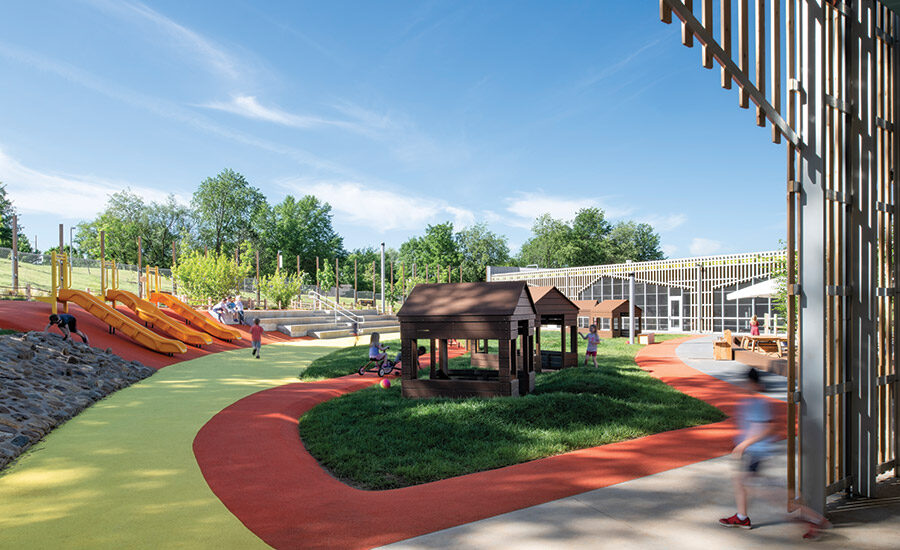
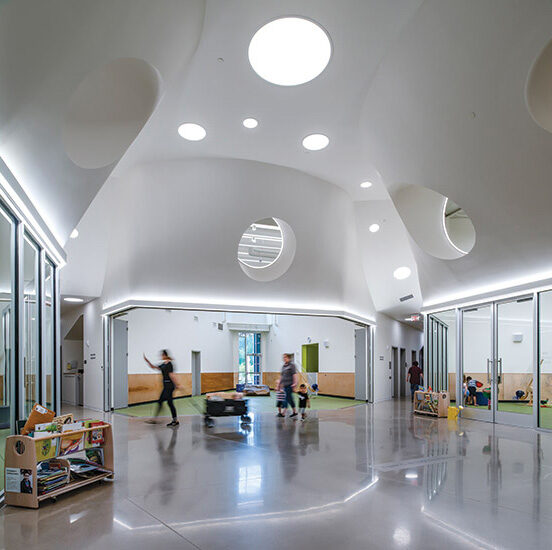
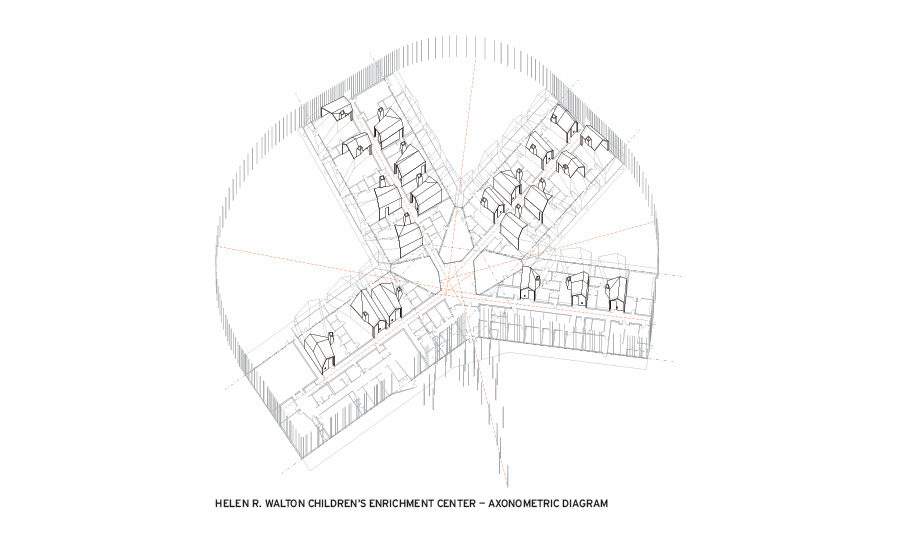
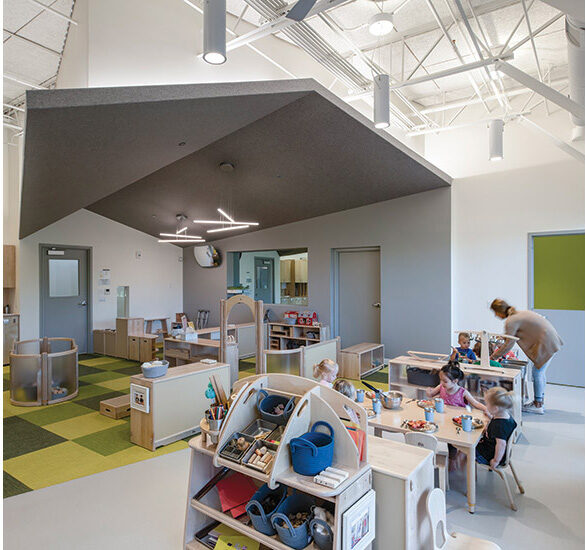
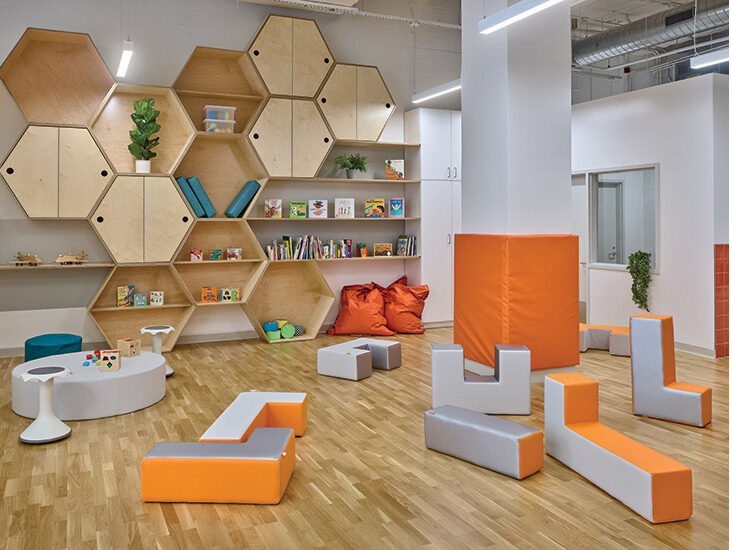
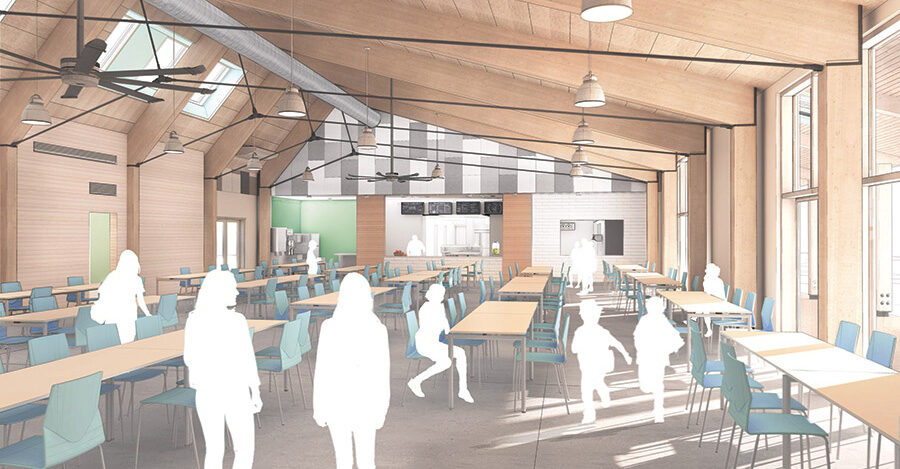
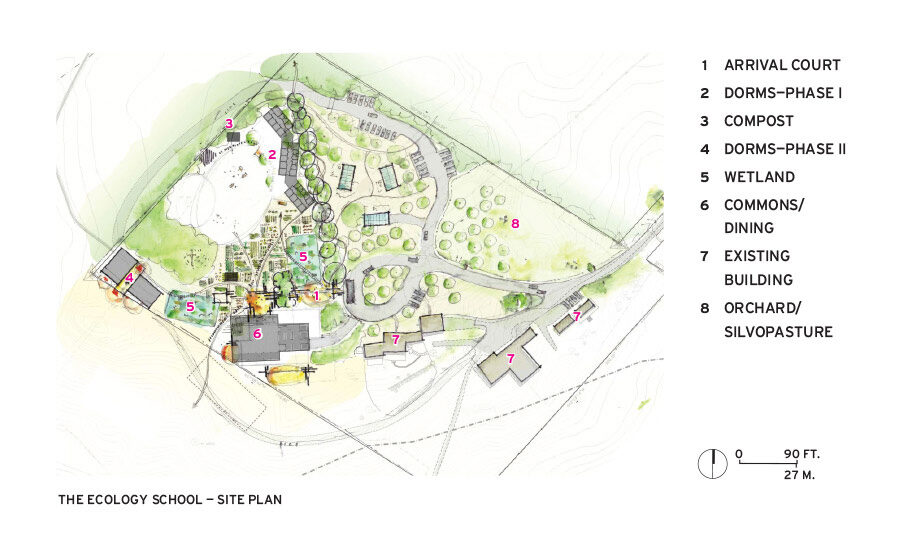
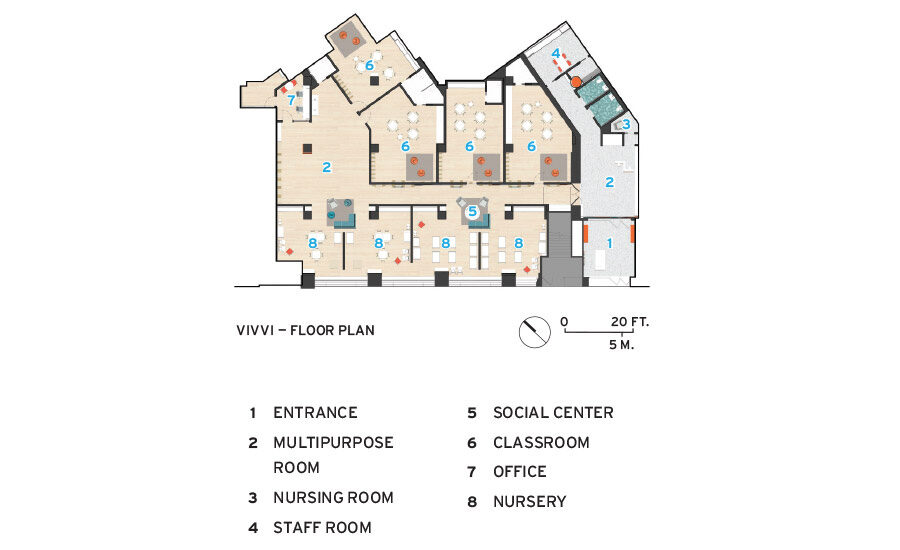

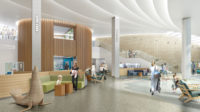

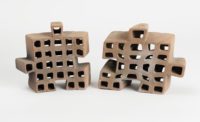
Post a comment to this article
Report Abusive Comment